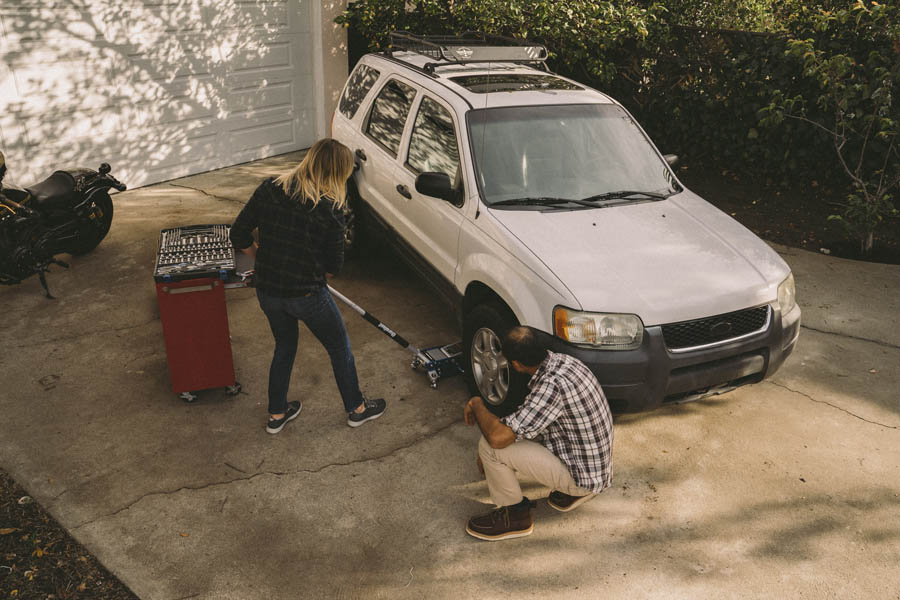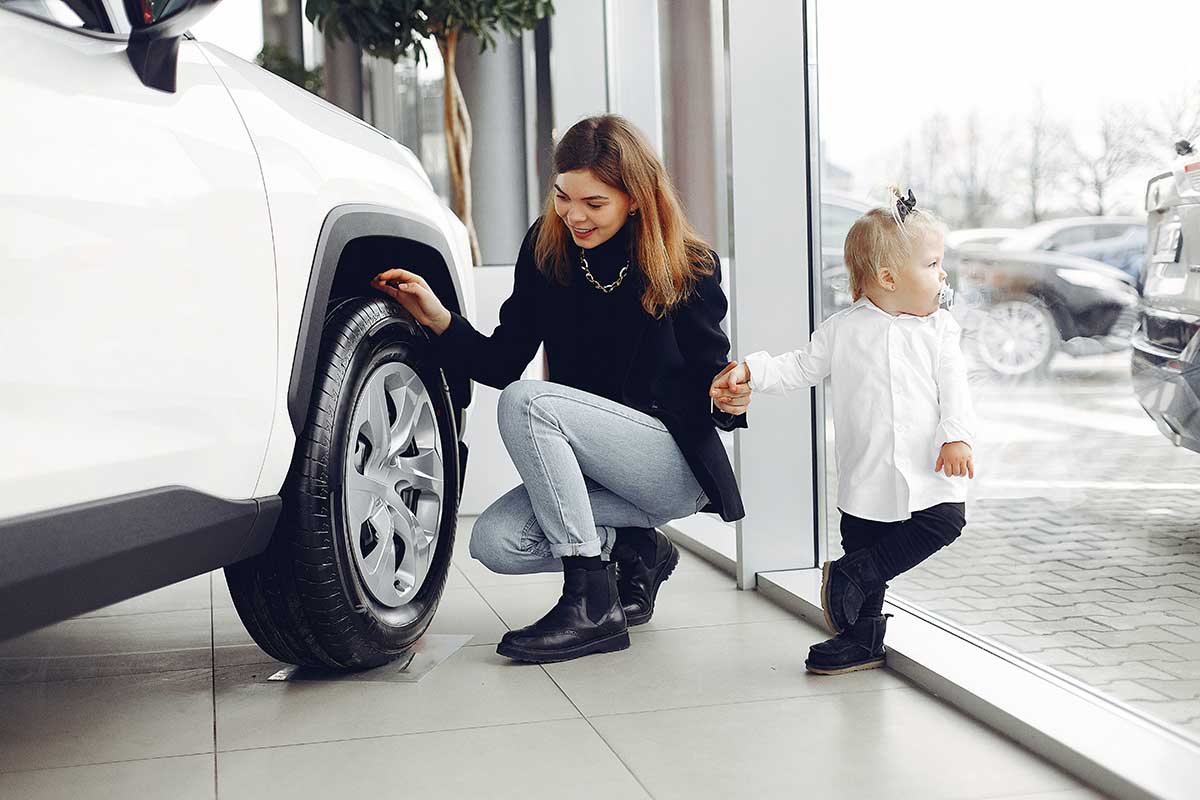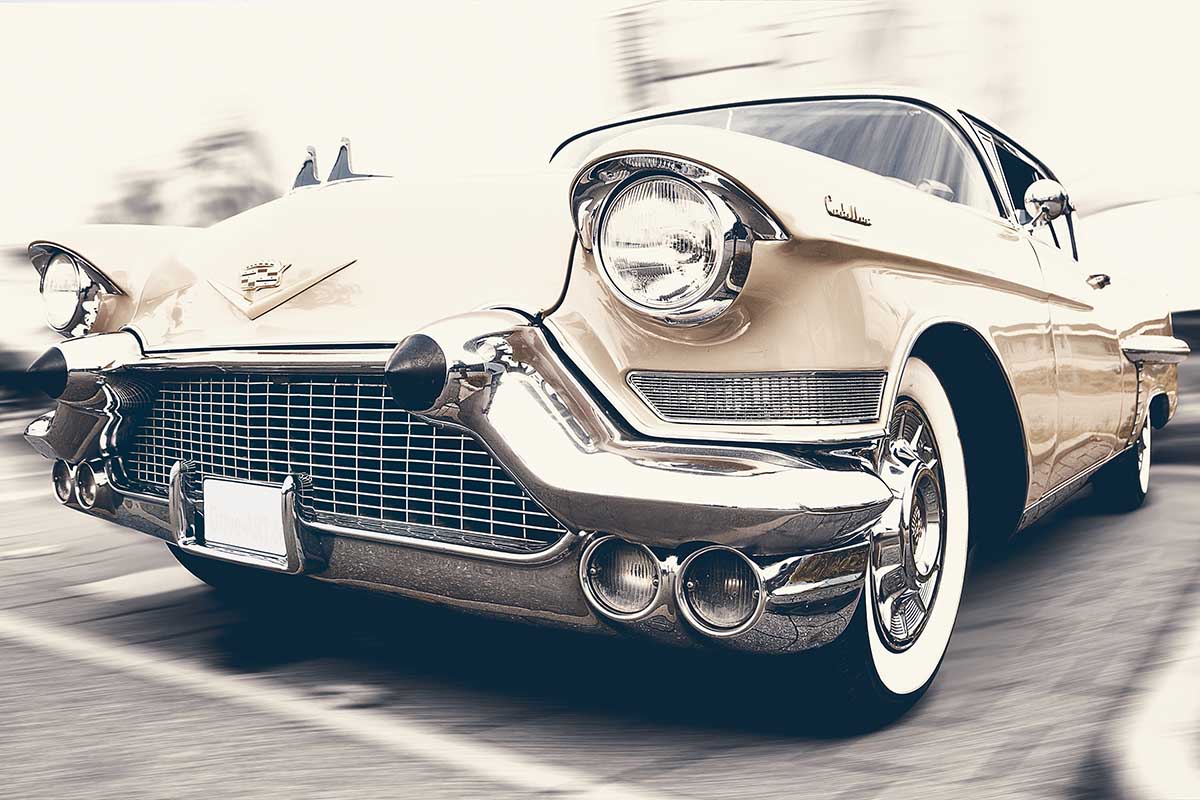How Can I Maintain My Honda CR-V Auto Chassis?
The Honda CR-V is a popular crossover SUV. People like vehicles because they are reliable and offer a great experience for anyone looking for a practical and comfortable ride.
Many people are still driving around in their first- and second-generation CR-Vs. However, without some maintenance, you won’t keep yours on the road that long. Below is some information on how to take care of your chassis.
Honda CR-V Chassis
The Honda CR-V is built with a unibody design. This means that the body of the vehicle and the chassis are a single piece. Conversely, some trucks and SUVs are built with a separate frame that the body sits on top of.
The chassis provides much of the structure of the vehicle. The suspension, drivetrain, and other essential components are all supported by it. Although at first glance, the chassis appears to be a big piece of metal, it actually has many moving parts and is affected by forces from the vehicle.
How To Lubricate Chassis on a Honda CR-V
The main maintenance task for the chassis is to lubricate all those moving parts. These include U-joints, CV-joints, sway bars, bushings, steering joints, and suspension joints.
The lubrication points for your vehicle depend on which generation and options you have. Consult your vehicle service manual to determine where you need to lubricate. The following guidance will be general tips for the CR-V.
You will need grease and an auto grease gun. Jack the vehicle up using either a lift or a jack and jack stands. Do not try to service the vehicle while it is resting on a hydraulic or scissor jack.
Load the grease gun with grease and locate your first lubrication point. Some points on the CR-V have grease fittings that make it easier to lubricate them. Other parts, particularly bushings and suspension joints, need to be lubricated directly. They will need some basic disassembly so you can apply grease directly to the contact surfaces.
Inspection
As you are lubricating your chassis, take the opportunity to inspect the underside of the vehicle. Look for any broken parts or signs of corrosion or rust. As you look at the joints, you may notice some wear on certain components. Consider replacing these worn components.
Your service manual should have guidance on how much wear is acceptable. If you need to replace any parts, use your favorite auto parts store’s VIN lookup tool.
This will check your vehicle identification number to determine exactly which version of the CR-V you have, including year, trim, and engine. The tool will let you know which parts are appropriate for your vehicle. This does shopping for replacements and other needs significantly easier.
Get Started
Working on your Honda CR-V yourself can help you save money on maintenance and ensure your SUV is in good working order. It is also an enjoyable hobby and very rewarding.
You only need basic tools and a little know-how to get started. Order some parts today, including your grease and grease gun to begin working on your CR-V’s chassis.




















